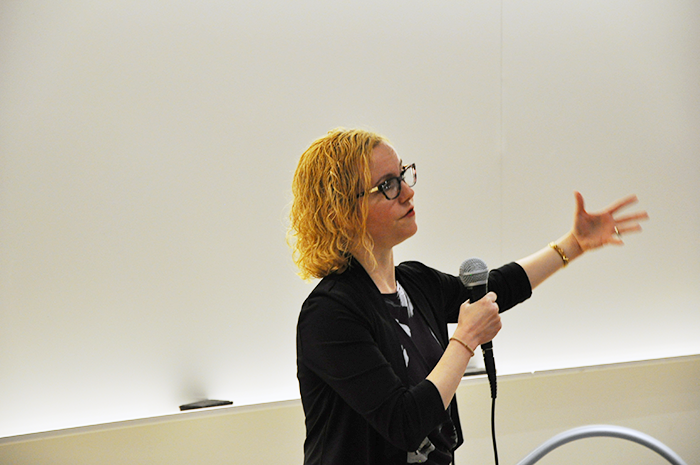Events
Events Calendar
Van Vleck Public Colloquium: Paul Chaikin, New York University
Thursday, April 4, 2024, 3:35 p.m. through Thursday, April 4, 2024, 4:35 p.m.
B50 John Tate Hall
About the Talk:
While the equilibrium properties, states, and phase transitions of interacting systems are well described by statistical mechanics, the lack of suitable state parameters has hindered the understanding of non-equilibrium phenomena in divers settings, from glasses to driven systems to biology. Here we introduce a simple idea enabling the quantification of organization in non-equilibrium and equilibrium systems, even when the form of order is unknown. The length of a losslessly compressed data file is a direct measure of its information content. We use lossless data compression to study several equilibrium and out-of-equilibrium systems, and show that it identifies ordering, phase transitions, critical behavior and critical exponents in thermodynamic and dynamic phase transitions. Our technique should provide a quantitative measure of organization in systems ranging from condensed matter systems in and out of equilibrium, to cosmology, biology and possibly economic and social systems. More recently we have demonstrated that similar techniques can reveal local entropy production and the ability to extract work from non-equilibrium systems.
About the Speaker:
Paul Chaikin is originally from New York City. He earned his Bachelors at Caltech in 1966, and his Ph.D. in physics from the University of Pennsylvania in 1971 working with Kondo superconductors. He joined the physics faculty at the University of California, Los Angeles in 1972 where he studied thermopower, density waves, and high field phenomena mostly in organic superconductors. The lure of actually seeing the microscopics of a system led him to soft matter. He helped develop techniques to measure elasticity and motion and understand colloidal interactions. Hard and soft matter interests continued after joining the faculty at UPenn (1983), the staff at Exxon Research (1983) and the faculty at Princeton University (1988).
His interests in geometry/topology led to his founding contributions to diblock copolymer nanolithography, and studies of defects, annealing, and pattern formation. He helped demonstrate and explain why ellipsoids pack more densely than spheres. In 2005 he helped found the Center for Soft Matter Research at New York University. His more recent research centers on artificial self-replication, self-assembly, active matter, DNA nanotechnology, topological defects on curved surfaces, and quantifying order far from equilibrium.
Professor Chaikin is a member of the American Academy of Arts and Sciences, the National Academy of Science and a Oliver Buckley Prize recipient (2018). He is currently a Silver professor of Physics at New York University.
Van Vleck Public Lecture: Paul Chaikin, New York University
Wednesday, April 3, 2024, 7 p.m. through Wednesday, April 3, 2024, 8 p.m.
Room 100, 10 Church Street Building
Public Lecture, Free and open to the public
Physics & Astronomy Colloquium: Chris Quigg, Fermilab
Thursday, March 14, 2024, 3:35 p.m. through Thursday, March 14, 2024, 4:35 p.m.
Tate B50
Abstract: In the summer of 1918, Emmy Noether published the theorem that now bears her name, establishing a profound two-way connection between symmetries and conservation laws. The influence of this insight is pervasive in physics; it underlies all of our theories of the fundamental interactions and gives meaning to conservation laws that elevates them beyond useful empirical rules. Noether’s papers, lectures, and personal interactions with students and colleagues drove the development of abstract algebra, establishing her in the pantheon of twentieth-century mathematicians. This talk traces her path from Erlangen through Göttingen to a brief but happy exile at Bryn Mawr College, illustrating the importance of “Noether’s Theorem” for the way we think today.
Public Observing Night
Friday, Feb. 16, 2024, 8 p.m. through Friday, Feb. 16, 2024, 9 p.m.
Tate Hall 510
Free and open to the public
MIFA Colloquium: Hayley Roberts, UMN Zooniverse Group
Friday, Feb. 2, 2024, 2:30 p.m. through Friday, Feb. 2, 2024, 3:30 p.m.
301-20 Tate
Mergers play a significant role in the evolution of galaxies due to the profound impact on several key properties, including their physical structure, black hole growth, and star formation rates. Current methods for identifying and cataloging galaxy mergers predominantly rely on sensitive, high-resolution imaging and suffer from high misclassification rates - issues that are severely exacerbated outside the local universe. Next-generation telescopes from optical to radio, however, are now enabling novel approaches to find galaxy mergers. I will present methods for identifying major mergers in neutral hydrogen (HI) surveys using OH megamasers (OHMs). OHMs are luminous masers found in ultraluminous infrared galaxies and are signposts of major gas-rich mergers. HI surveys on next-generation radio telescopes, such as the Square Kilometre Array (SKA) and its precursors, will detect unprecedented numbers of OHMs out to redshift z~2, as exemplified through multiple recent discoveries. At shorter wavelengths, I will discuss how JWST is already revolutionizing our understanding of galaxy mergers and helping us prepare for future surveys from the Rubin Observatory and Roman Space Telescope with the help of citizen scientists.
Physics & Astronomy Colloquium: Ben Margalit, UMN
Thursday, Jan. 25, 2024, 3:35 p.m. through Thursday, Jan. 25, 2024, 4:35 p.m.
Tate B50
Abstract: Advances in time-domain and multi-messenger astronomy provide a fresh view of the dynamic Universe and herald a new era in astrophysics. Through gravitational waves and across the electromagnetic spectrum, explosive astrophysical phenomena hold enormous potential as probes of extreme physics and cosmic scales. In this talk I will give an overview of recent developments in time-domain astronomy. Focusing on neutron star mergers as a frontier research area, I will demonstrate how transients can be harnessed to study fundamental open questions with far-reaching implications. I will conclude by briefly discussing the future of the field and the opportunities ahead.
School of Physics & Astronomy Colloquium: Michael Wilking, UMN
Thursday, Jan. 18, 2024, 3:35 p.m. through Thursday, Jan. 18, 2024, 4:35 p.m.
Tate B50
Physics Force 2024 Northrop Shows
Saturday, Jan. 13, 2024, 11 a.m. through Saturday, Jan. 13, 2024, 3 p.m.
Northrop Auditorium
Physics Force is back with exhilarating new shows in Jan 2024. These theater productions feature big demos—with physicists dropping from the air and lightning being controlled through science—and they never disappoint! The wonders of physics are brought to life in an educational and spectacular display. Intended for all ages, Physics Force hopes to bring the wonders of physics and science to all.
For ticketing information, please visit Northrop Auditorium's event page
University Closed: New Year's Day
Monday, Jan. 1, 2024, 8 a.m. through Tuesday, Jan. 2, 2024, 8 a.m.
University of Minnesota
Happy New Year
University Closed
Monday, Dec. 25, 2023, 8 a.m. through Monday, Dec. 25, 2023, 8 a.m.
University of Minnesota
Closed for Christmas holiday
School News
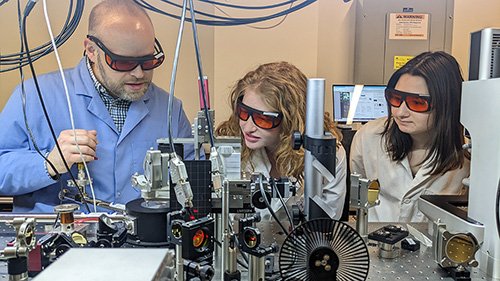
Inside Professor McLeod’s Nano-Imaging Laboratory
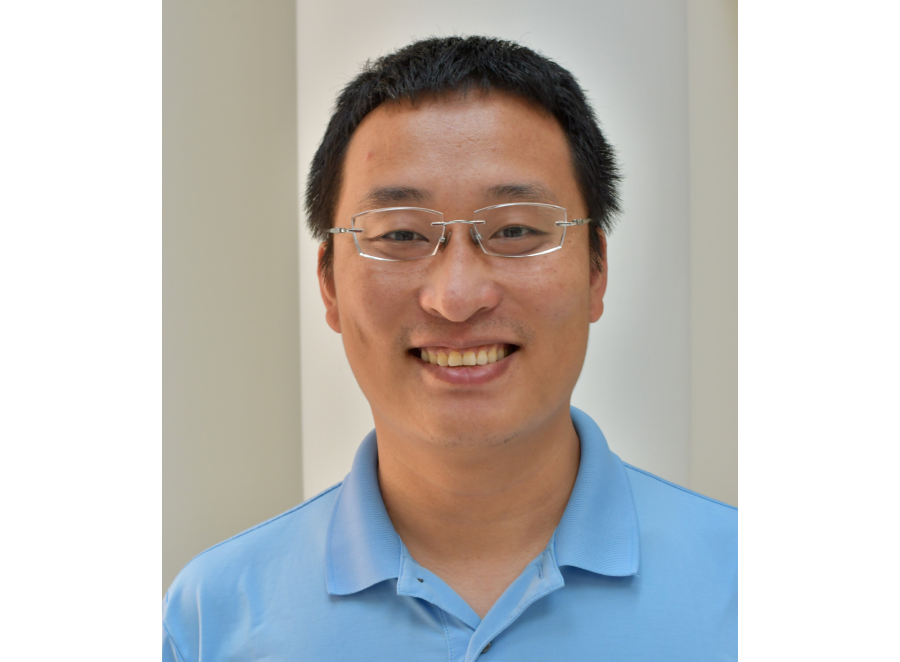
Liu receives prestigious Sloan Research Fellowship for early-career researchers
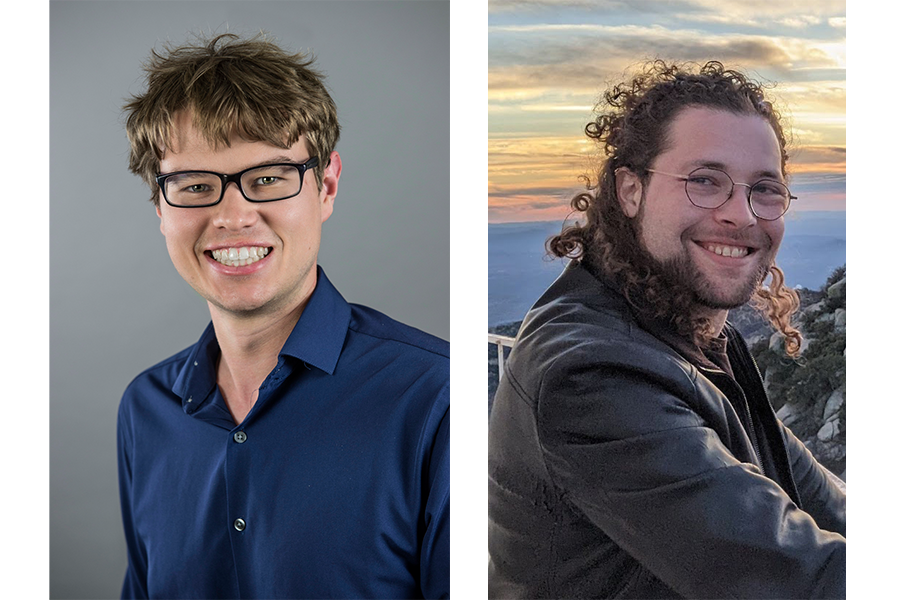
Coughlin and Criswell part of comprehensive UV light survey
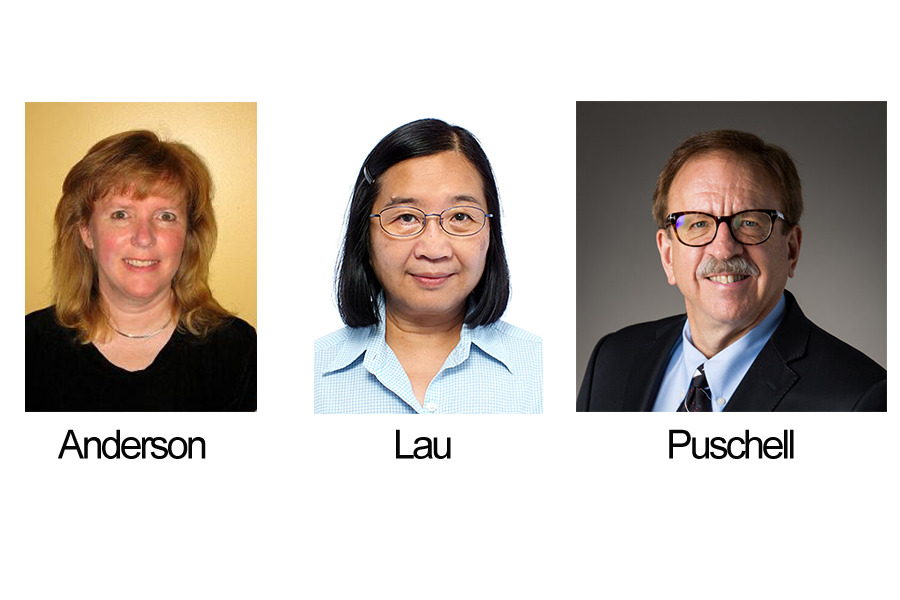
Three School Alumni elected to National Academy of Engineering
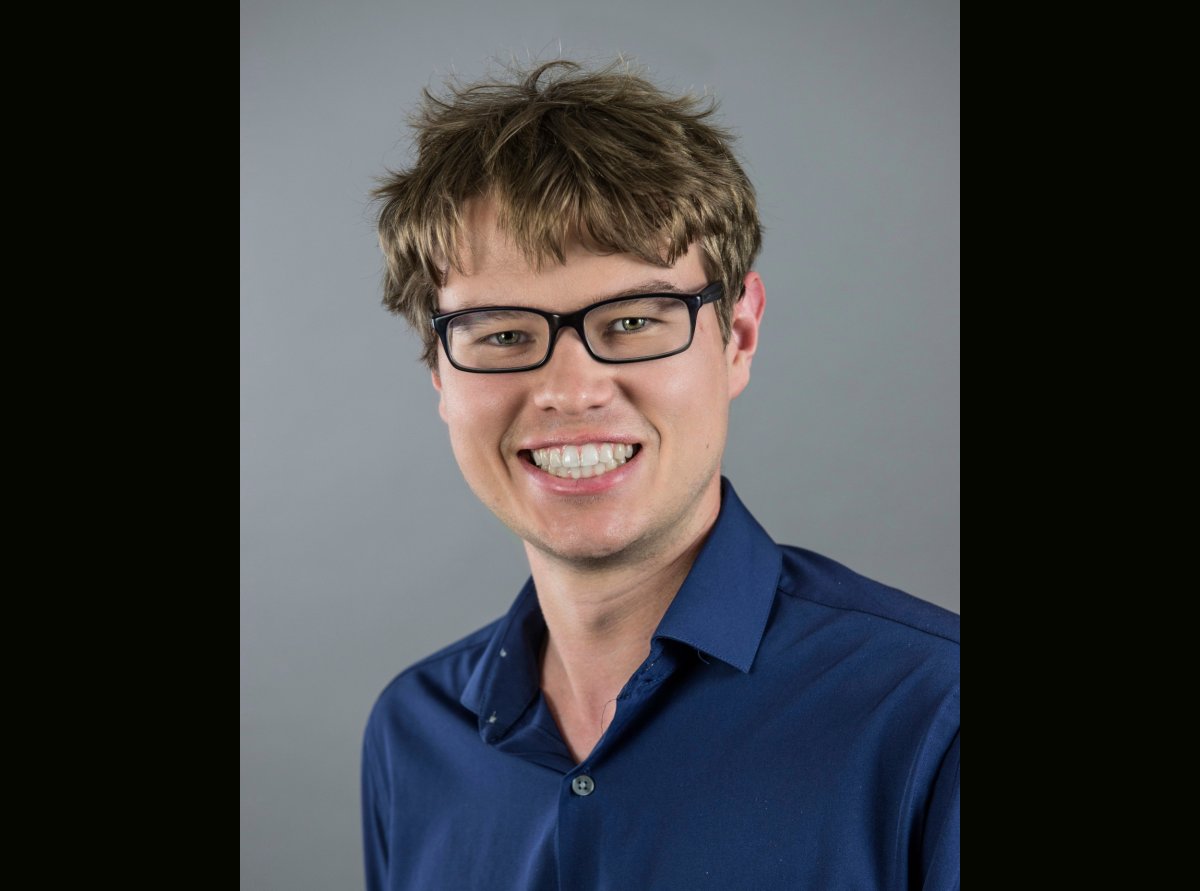
Coughlin receives McKnight Professorship
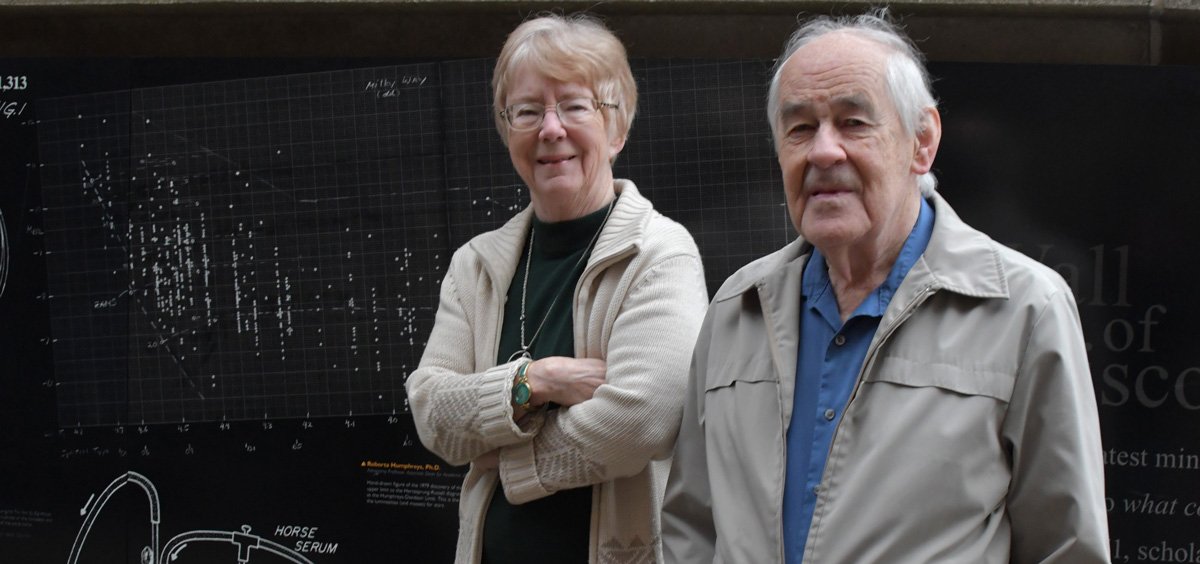
Humphreys Awarded Medal from Royal Astronomical Society
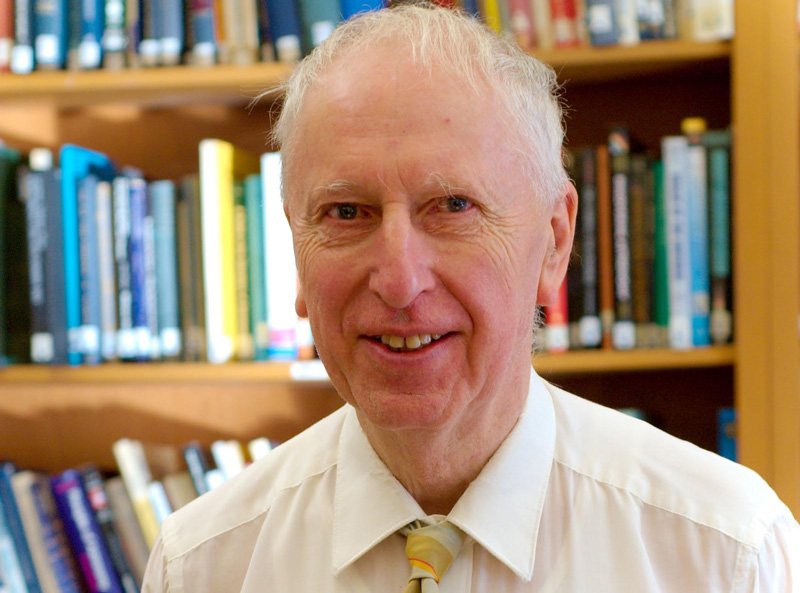
John Broadhurst, 1935 - 2023
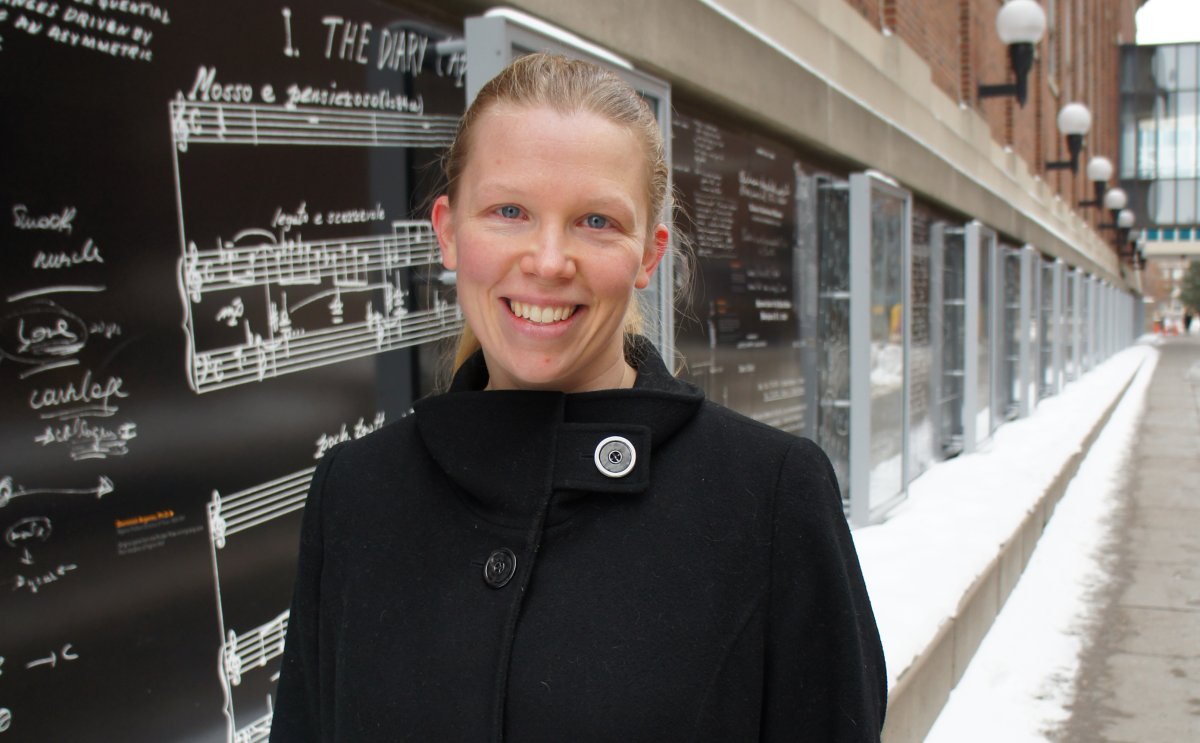
Burnell elected APS Fellow
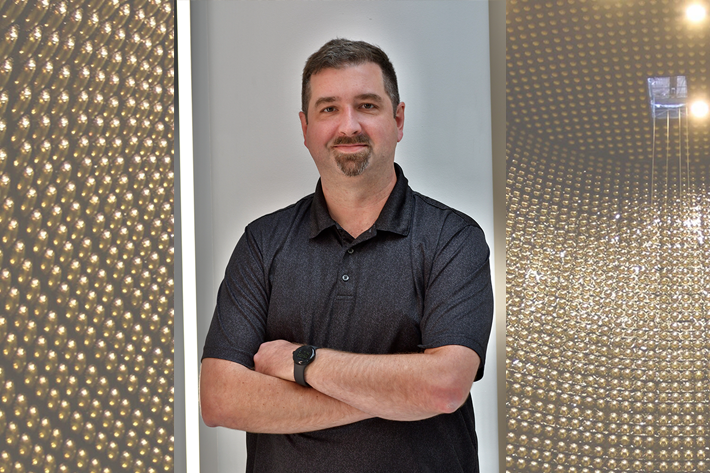
Moving Target: New Faculty member does neutrino research with a twist
